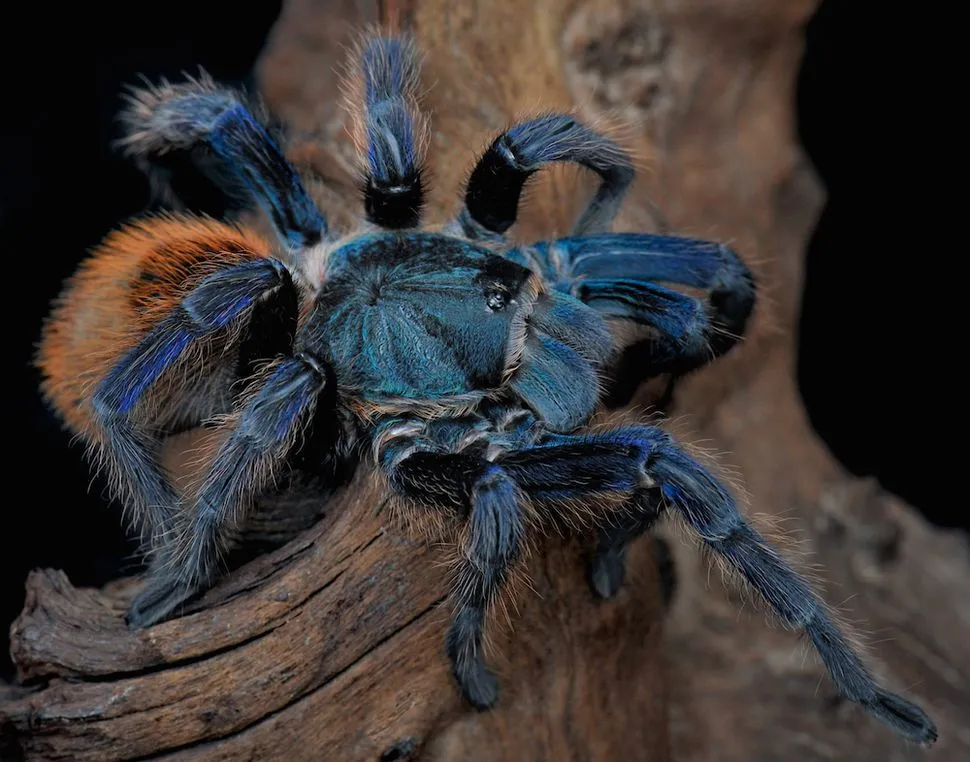What is an Australian Blue Tarantula
The Australian Blue Tarantula ( Coremiocnemis sp. ) is a captivating arachnid species, renowned for its striking blue coloration and intriguing behaviors. Native to Australia, these spiders are a fascinating subject for both scientific study and the curious nature enthusiast. Their vibrant appearance sets them apart, making them a sought-after species, yet it’s important to understand their needs and the challenges they face in the wild. This article will delve into the top 5 facts about these remarkable creatures, shedding light on their physical characteristics, habitat, behavior, and conservation status. Discover the secrets of this unique spider and learn why they are such a special part of Australia’s biodiversity.
Appearance and Characteristics
One of the most notable features of the Australian Blue Tarantula is, of course, its stunning blue coloration. This coloration is not present in all individuals; it is a result of structural coloration, where microscopic structures on the spider’s hairs and exoskeleton reflect blue light. This gives them a metallic, iridescent sheen, particularly noticeable under certain lighting conditions. Understanding their appearance involves recognizing that they are not merely ‘blue’, but possess a dynamic color that shifts and shimmers.
Size and Coloration
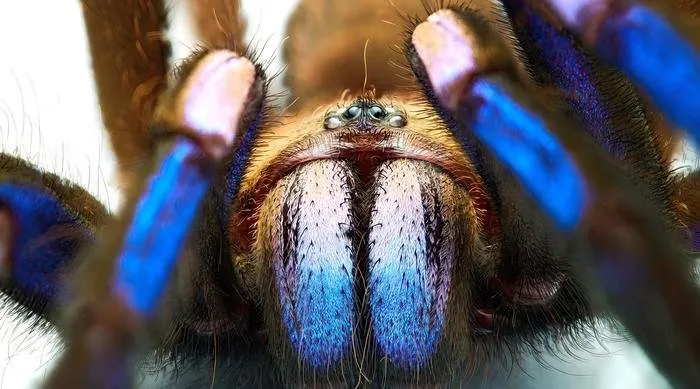
These tarantulas are moderately sized, with a leg span that can reach up to 6 inches. The intensity of the blue varies between individuals and depends on factors such as age, genetics, and environmental conditions. Their bodies are covered in dense hairs, which contribute to their unique appearance and provide sensory functions. The overall appearance of the Australian Blue Tarantula makes it a visual delight, capturing the attention of anyone who encounters it.
Unique Features
Besides their color, these spiders possess strong chelicerae (fangs) and pedipalps, used for grasping prey and sensing their environment. Their bodies are divided into two main parts: the cephalothorax and the abdomen. They have eight legs, each covered in sensory hairs that allow them to detect vibrations and navigate their surroundings. The overall design reflects adaptations for both predator and prey, blending in with their surroundings and using their unique features to survive. Their bodies are covered in dense hairs, which contribute to their unique appearance and provide sensory functions.
Habitat and Distribution
Australian Blue Tarantulas are endemic to specific regions of Australia, inhabiting a variety of environments. Their distribution is limited compared to some other spider species, making their conservation status a point of focus. They are primarily found in particular microclimates, contributing to their restricted distribution. These spiders are a key part of the ecosystem where they are found, playing a role in controlling insect populations and serving as prey for other animals. Understanding their habitat is crucial for conservation efforts.
Natural Environment
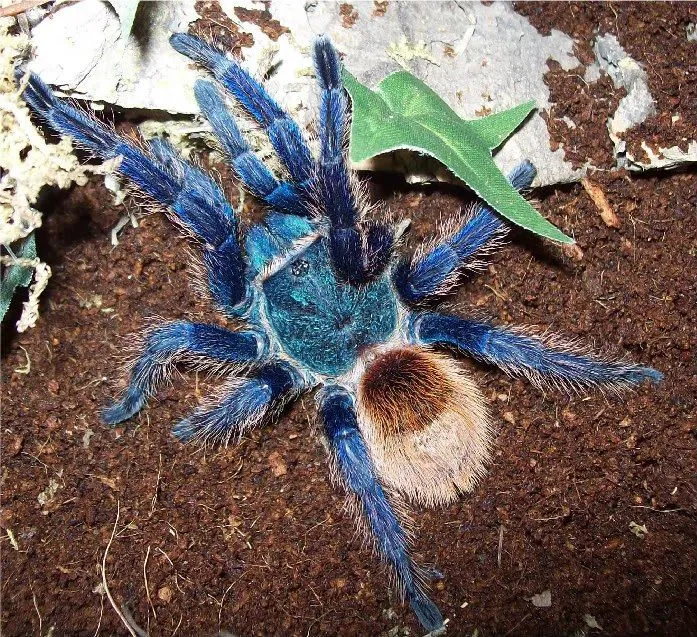
They prefer humid environments, often found in burrows within leaf litter, under rocks, or in soil. These spiders require specific conditions to thrive, particularly high humidity and moderate temperatures. The availability of prey, such as insects and other invertebrates, is another critical element of their habitat. The natural environment must provide shelter, food, and the right climate to support their life cycle. Understanding their environmental needs is vital to protect this species.
Geographical Distribution
These tarantulas are found in specific areas of Australia, often concentrated in regions with the right soil, climate, and moisture levels. Their range is not continuous, and they may be present in isolated pockets. Factors such as habitat destruction and climate change impact their distribution. Efforts to protect their habitats and expand their range are essential for their survival. Conservation activities are focused on understanding the distribution of this species.
Behavior and Temperament
The Australian Blue Tarantula exhibits specific behaviors that help them survive in their natural habitat. They are nocturnal hunters, actively seeking prey at night, and they use their burrows for protection. They are generally considered docile but can defend themselves when threatened. Observing their behavior reveals important insights into their daily life and their role in the ecosystem.
Defensive Mechanisms
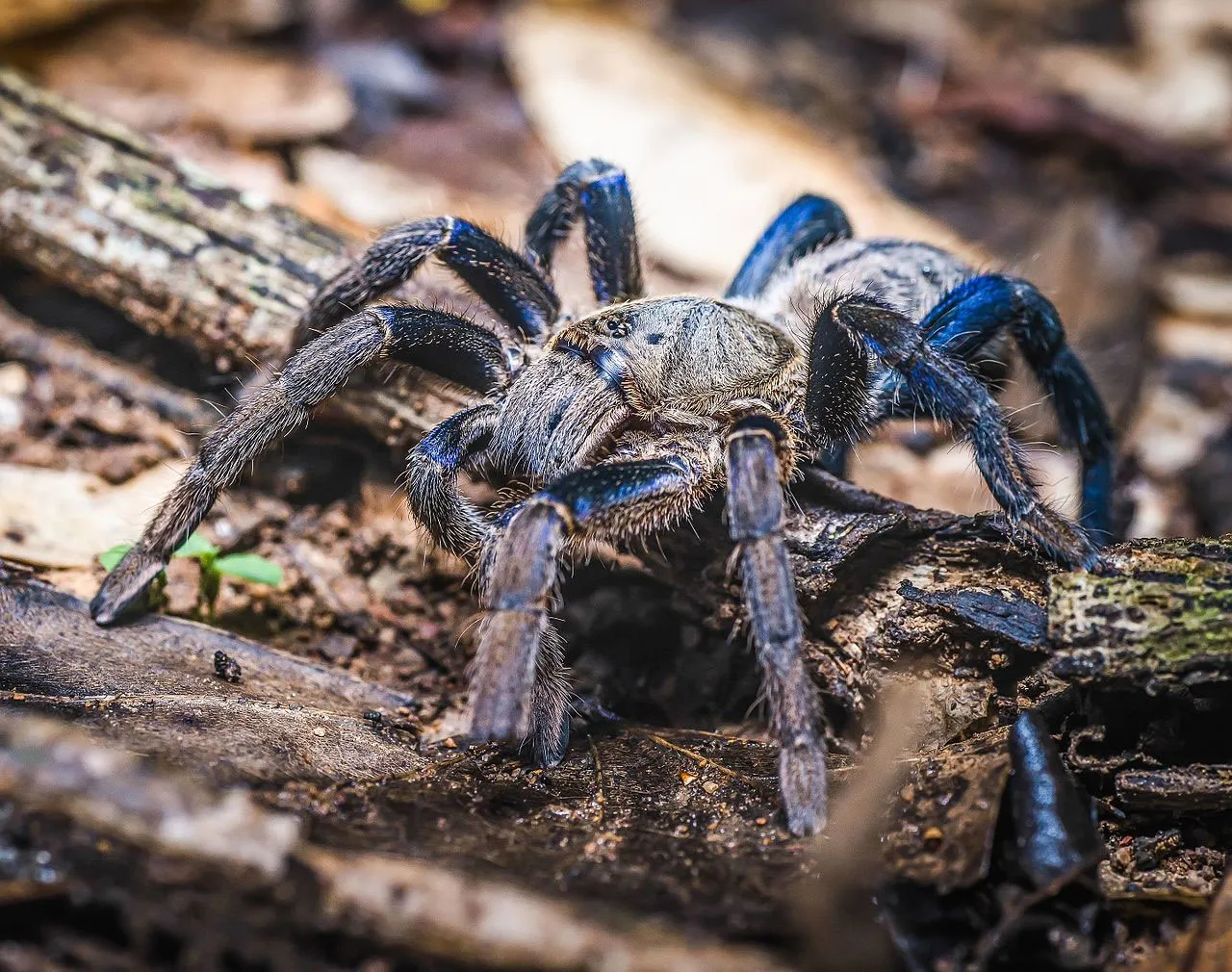
When threatened, these tarantulas may raise their front legs, display their fangs, and flick urticating hairs as a defensive posture. Although their venom is not considered lethal to humans, it can cause pain and irritation. They often prefer to flee rather than fight, but their defensive mechanisms are crucial for survival. Observing these defensive postures shows how they protect themselves from predators.
Interaction with Humans
In general, these spiders are not aggressive towards humans, but their bites can be painful. Due to their beauty, many people keep them as pets; however, they require specific care. Responsible pet ownership includes knowing their needs and providing a safe environment. Education about these tarantulas helps people understand and appreciate them.
Diet and Feeding Habits
The Australian Blue Tarantula is a carnivore, with a diet composed primarily of insects and other invertebrates. Their feeding habits play an important role in the ecosystem, helping to regulate the population of their prey. They are ambush predators, relying on their burrows or hidden locations to hunt for food. Studying their diet provides essential insights into their role within their environment.
Preferred Diet
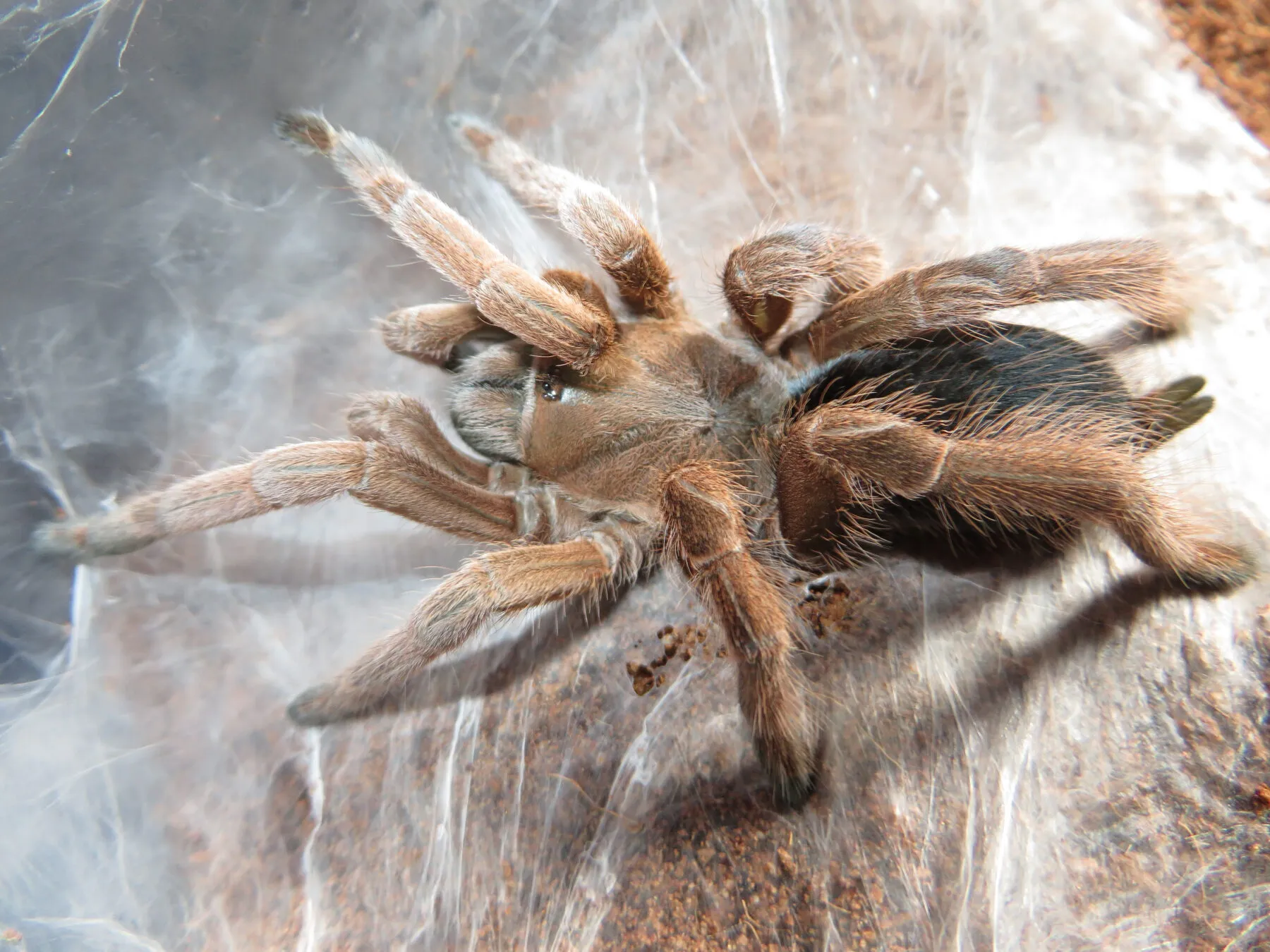
Their primary food sources include crickets, cockroaches, and other insects. They may also consume small invertebrates that come within reach. They are opportunistic feeders, adapting their diet according to availability. A balanced diet is crucial for maintaining their health and ensuring their survival.
Feeding Frequency
The frequency of feeding depends on the spider’s age, size, and metabolism. Juvenile spiders need to be fed more frequently than adults. In captivity, their feeding needs should be carefully managed to prevent underfeeding or overfeeding. Understanding their feeding patterns helps promote their well-being.
Conservation Status
The conservation status of the Australian Blue Tarantula is an important consideration. Habitat loss, climate change, and the pet trade pose serious threats. Conservation efforts involve habitat protection, captive breeding programs, and public education. Supporting these initiatives is crucial to safeguard the species’ future.
Threats to Survival
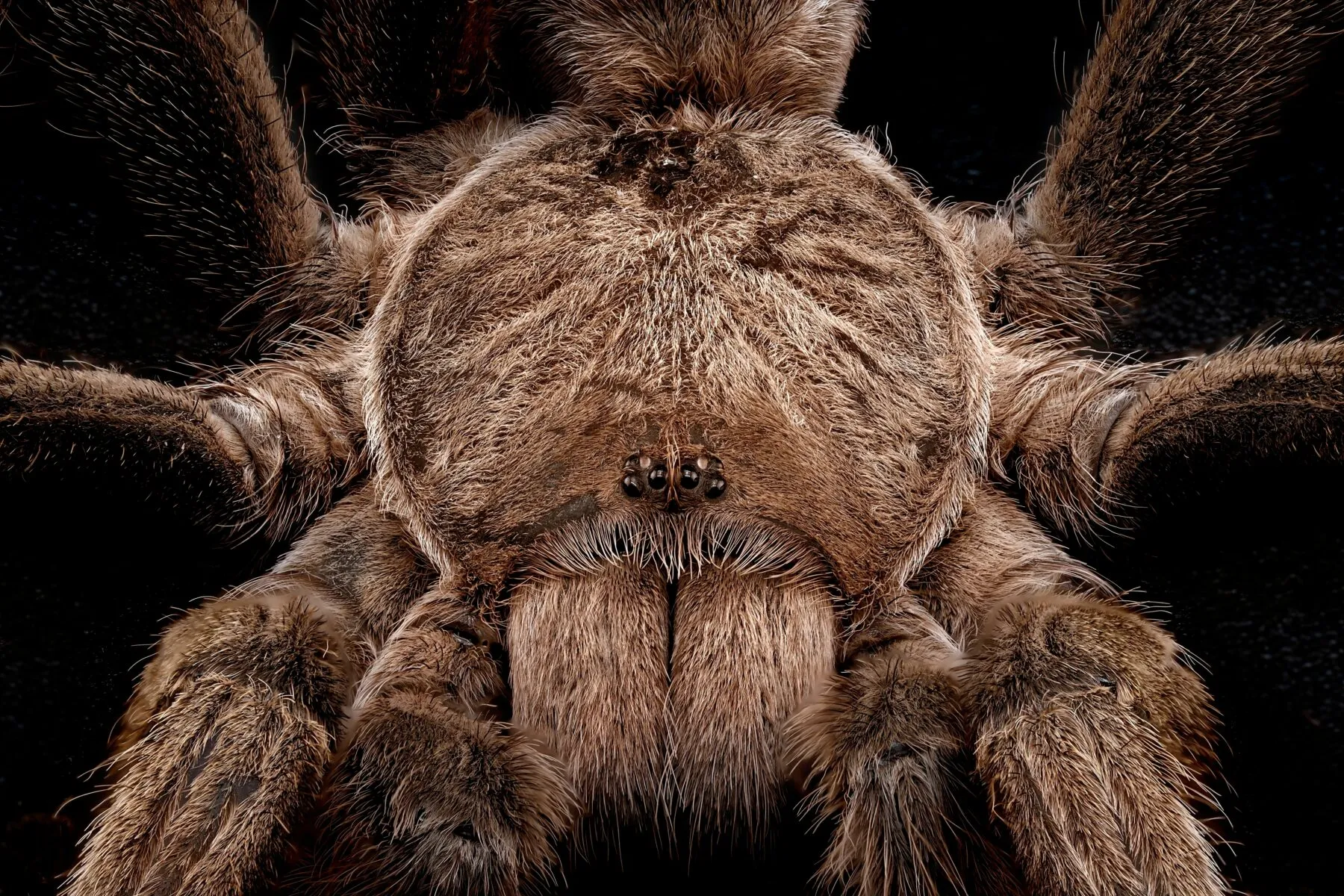
Habitat destruction, due to urbanization and agriculture, is a major threat. Climate change can impact their habitat and prey availability. The pet trade, while not the primary threat, can affect wild populations. All these factors contribute to the decline of this species.
Conservation Efforts
Protecting their natural habitats and implementing sustainable land management practices are key to conservation. Captive breeding programs help boost their numbers and provide an alternative source for the pet trade. Public education and awareness campaigns can help protect their habitats and promote their preservation. Collaboration between scientists, conservationists, and the public is essential for the future.
Interesting Facts about Australian Blue Tarantulas
The Australian Blue Tarantula continues to intrigue scientists and enthusiasts alike. Their unique coloration, fascinating behaviors, and the challenges they face in the wild, provide many interesting facts. Their survival depends on the collective effort to conserve their habitat and raise awareness of their importance. Understanding their place in the Australian ecosystem is key to ensuring their longevity. These beautiful spiders are an essential part of Australia’s unique biodiversity.
